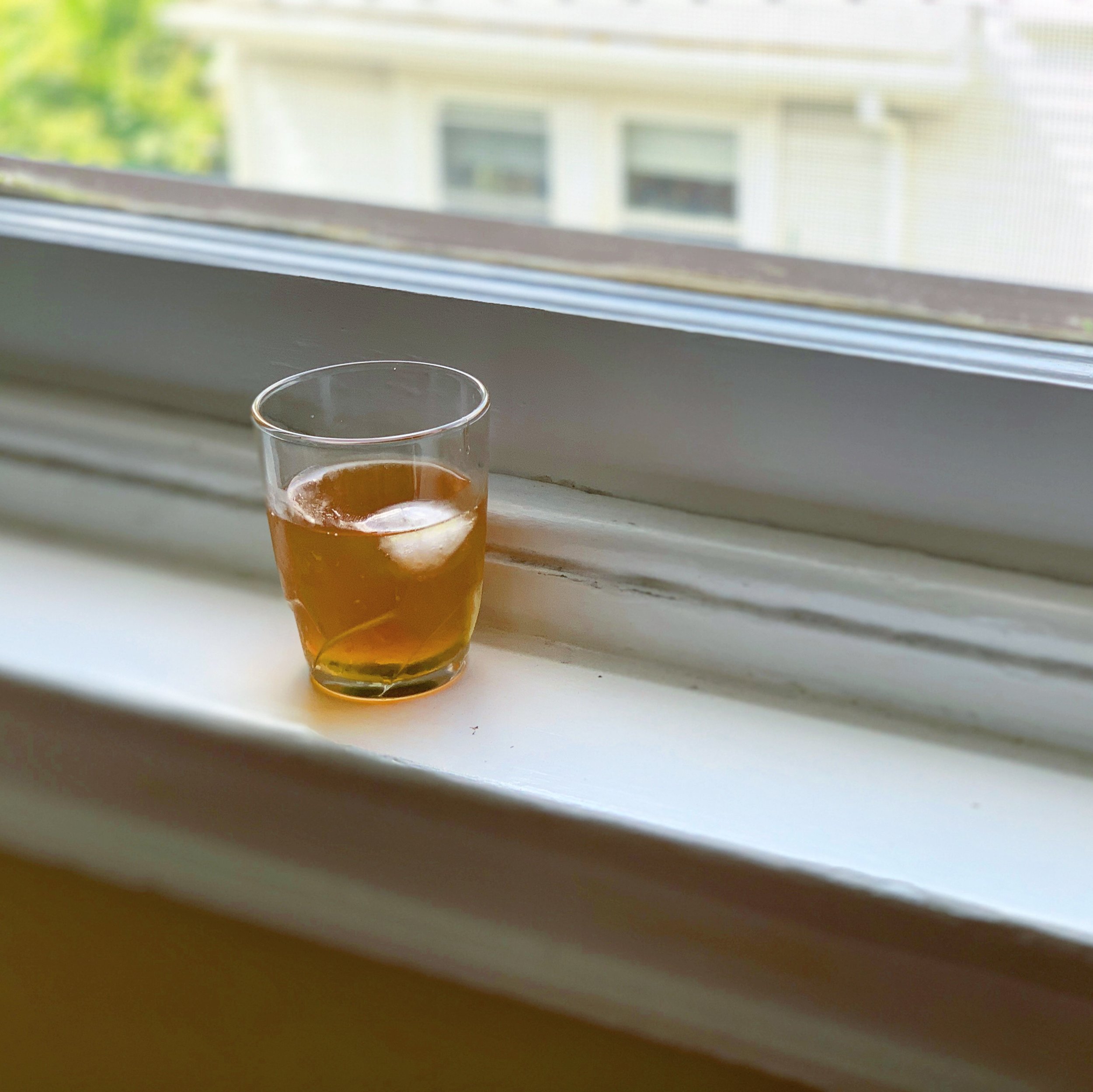This is a post that, quite frankly, I never thought I would have to write. I appreciate everyone’s support in this moment.
I have discovered that, under certain very specific circumstances, it may be acceptable to make a martini with vodka. In fact, not only is it acceptable—it’s exceptionally delicious.
Allow me to explain. For most of my drinking life, I have had a firm aversion to vodka. It is, after all, generally regarded as flavorless. Even though I knew in theory that there existed many people who would refute that notion by pointing to artisanally crafted vodkas, in practice I just couldn’t see much use for it. Why use an ingredient that’s doing little more than adding ABV? We’re not sweaty sophomores with Solo cups. Why not reach for a bottle that will add some dimension of flavor as well?
The vodka martini seemed particularly absurd to me. I could see how an unimaginative bartender might construct a drink with juices and liqueurs before splashing in something clear and flavorless to buff down the sharp point of the drinker’s consciousness, but a glass of nothing but cold vodka and a dab of vermouth? Whither the botanicals? Whither the dry, crisp snap of juniper?
But I trust the folks at Death & Co. to know what they’re doing. So when I flipped through their newest tome and found that they see a place for vodka as well as gin in a martini, I figured I owed it to the people of Russia to challenge my prejudice.
Consider me a convert—at least partially. I’m not yet convinced in vodka martinis as a concept, but I am a fan of this one, which is decidedly luscious. Undeniably sweet, with a pleasantly unctuous, tongue-coating mouthfeel, it is a delicate aperitif that will start any evening off on a high note. Because the last few sips will have collected a good deal of brine from the olive, it primes your mouth for dinner. Personally, I find one of these is all I want before moving on to something else; it’s rich enough to become overwhelming after a while. I don’t plan on ordering a vodka martini at a restaurant any time soon, but for now I’m willing to admit that I was wrong about this preparation.
Death & Co. Vodka Martini
2.5 oz Absolut Elyx vodka
0.5 oz Dolin dry vermouth
Stir vodka and vermouth together with plenty of ice for at least 20 seconds. Strain into a very cold glass and garnish with one—and only one—green olive.




